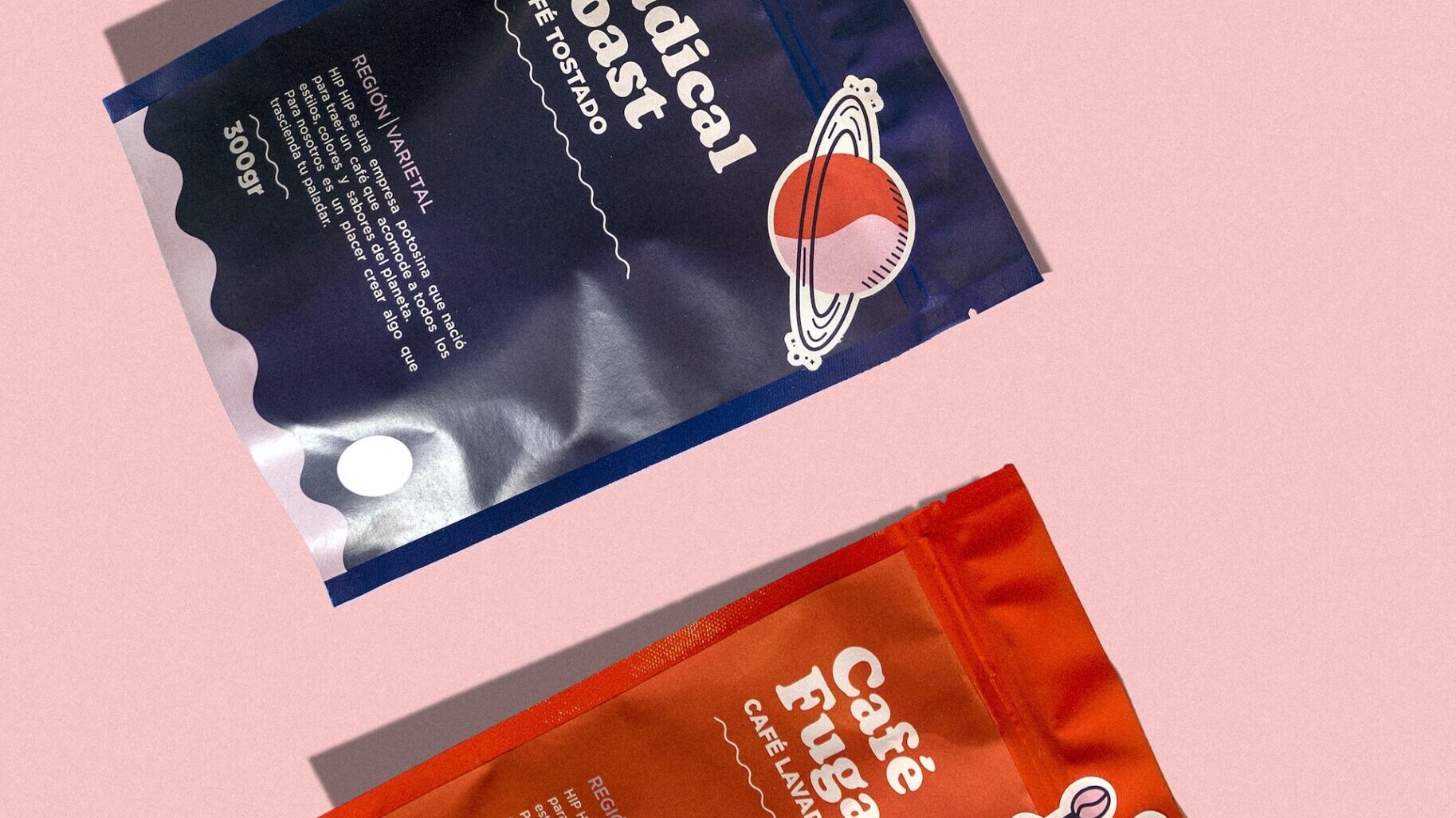Web Design Begins with Navigation Design
Creating an excellent navigation design is of the utmost importance when designing a website. You have to understand that your visitors can come from many different pages. That means that that clear and easy to use navigation will be the key to helping the visitors find what they are looking for. As a matter of fact, navigation design will serve as the foundation to the rest of your web design.
A lot of companies fall into the trap of perception when setting up the navigation and information architecture of a website. This is understandable as you don’t really have a clear idea of how many different categories and subcategories you’ll need in the beginning. What the focus should be placed on is trying to design within the context of what types of content you know will be in launch of the website and what is definite in terms of what will be added.
From there, you will need to make sure that your navigation is actually easy to use. There are many examples of what not to do with your navigation design. There are websites that use broad categories which lead to breadcrumb links. This is problematic because it forces users to take an additional action that wasn’t necessary, which consequently hurts engagement.

Another problem that is common is using too many pages for a category. This is common with websites that are large. The navigation is cluttered with drop down menu links to categories which open to a huge list of links. This makes it difficult to get users to find what they are looking for. To resolve this issue, you need to tighten up the categories which lead to more specific categories and consequently a shorter down drop down menu lists.
To give you an idea of how important navigation design is, Amazon has redesigned their navigation multiple times throughout the years. Each time a redesign is done, the focus is on simplifying the navigation so that it’s easier for their customers to find what they are looking for. This might seem like common sense for an eCommerce website, but it also applies to smaller websites.
Smaller websites can also get a lot of mileage out of strong navigation design. Categorizing information pages clearly can lead visitors on the right navigation path which will result in more leads and sales. This can be further enhanced by using breadcrumb links. For example, if a visitor lands on the third page of your sales presentation, a breadcrumb link that is positioned at the top of the page and leads to the first page of a five page presentation will give visitors the right context.
A great navigation design is the foundation of web design that works. It doesn’t have to be perfect the first time around. There is no doubt that you will go through numerous iterations of it as your website structure changes and your content grows. The important thing to keep in mind is to make sure that you put heavy emphasis on its design because it has a strong impact on your website’s performance.



